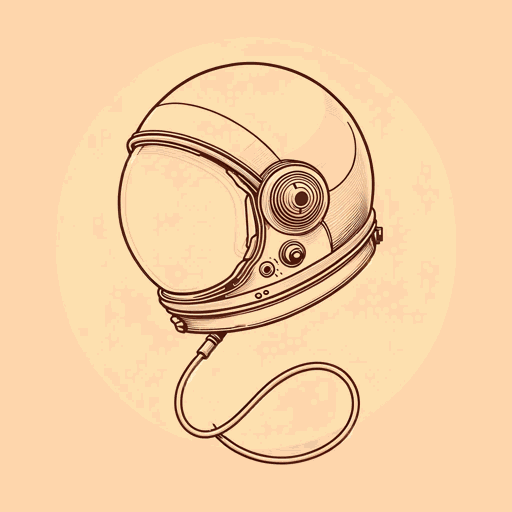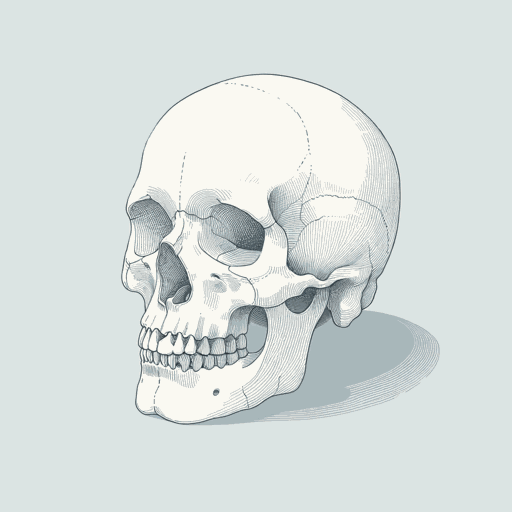50 pages • 1 hour read
Mary RoachPacking for Mars: The Curious Science of Life in the Void
Nonfiction | Book | Adult | Published in 2010A modern alternative to SparkNotes and CliffsNotes, SuperSummary offers high-quality Study Guides with detailed chapter summaries and analysis of major themes, characters, and more.
Symbols & Motifs
The Pilot Astronaut Archetype
Roach’s research delineates several different categories of astronauts. During the early days of the space program, astronauts were male military pilots who embodied bravado and machismo. In Roach’s imagination, these men were “faceless icons behind gold visors, bounding like antelopes in the moon’s weak gravity” (28). In the 1960s, astronauts were the stalwart heroes of a new frontier, archetypes built on old cowboy imagery and meant to represent American strength, adventurism, and trailblazing.
As the space shuttle program replaced the Apollo missions, the job and image of the astronaut expanded. The persona of “swinging-dick military test pilots” (153) was no longer desirable for longer missions with international crews. When the “right stuff is no longer bravado, aggressiveness, and virility” (32), empathy and cooperation become valuable assets. Part of Roach’s project in this book is to further demythologize the image of the astronaut: “Astronauts these days are likely to be nerds as heroes […] they’re just people” (28). By humanizing astronauts, Roach makes them relatable and destigmatizes the psychological and physical issues previously deemed too unmanly or weak to address.
Roach tempers her critique of the stereotypical pilot astronaut by acknowledging the value and bravery of the men who risked their lives in the early Gemini, Mercury, and Apollo missions.
Related Titles
By Mary Roach
Featured Collections
9th-12th Grade Historical Fiction
View Collection
Books on U.S. History
View Collection
Equality
View Collection
Laugh-out-Loud Books
View Collection
New York Times Best Sellers
View Collection
Science & Nature
View Collection
SuperSummary Staff Picks
View Collection
Teams & Gangs
View Collection
YA Nonfiction
View Collection



